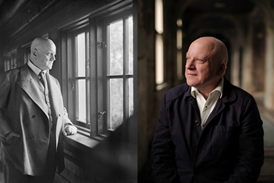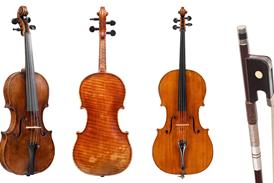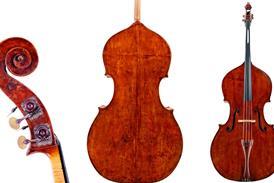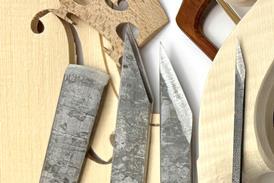- More from navigation items
- Home
- News
- For Subscribers
- Student Hub
- Playing Hub
- Podcast
- Lutherie
- Magazine
- Magazine archive
- Whether you're a player, maker, teacher or enthusiast, you'll find ideas and inspiration from leading artists, teachers and luthiers in our archive which features every issue published since January 2010 - available exclusively to subscribers. View the archive.
- Jobs
- Shop
- Directory
- Contact us
- Subscribe
- School Subscription
- Competitions
- Reviews
- Debate
- Artists
- Accessories
Seeing red

Madder root has been used since ancient times to provide a deep red pigment – but the process of making it remains mysterious. For the past three years Hugh Withycombe and Guy Harrison have tested different methods to get the recipe just right – and can now reveal their findings
What was it that brought us to the making of pigments? Was it fascination or just frustration? Like so many aspects of our trade, making pigments is another esoteric path one may follow when creating a fine instrument. It is by no means a necessary requirement to be a successful violin maker, although both the process and the end results are stimulating and intriguing. Not having a consistently reliable source of pigments was also becoming a personal frustration for us, and that became a driver to motivate our re-entry into the world of ‘making your own pigments from madder root’.
Building on the work of others, in this article (which assumes a little prior knowledge) we try to explain some of the factors that influence the quality, intensity and colour hue of making lake pigments in small batches. We also share a useful method of keeping and comparing results. The majority of the experimental work took place at Oberlin College, OH, US, as part of the Violin Makers Workshop over the course of several years: 2016–19. Our thanks and recognition go to our colleagues there and around the world whose contributions have made this article possible.
Already subscribed? Please sign in
Subscribe to continue reading…
We’re delighted that you are enjoying our website. For a limited period, you can try an online subscription to The Strad completely free of charge.
* Issues and supplements are available as both print and digital editions. Online subscribers will only receive access to the digital versions.




























